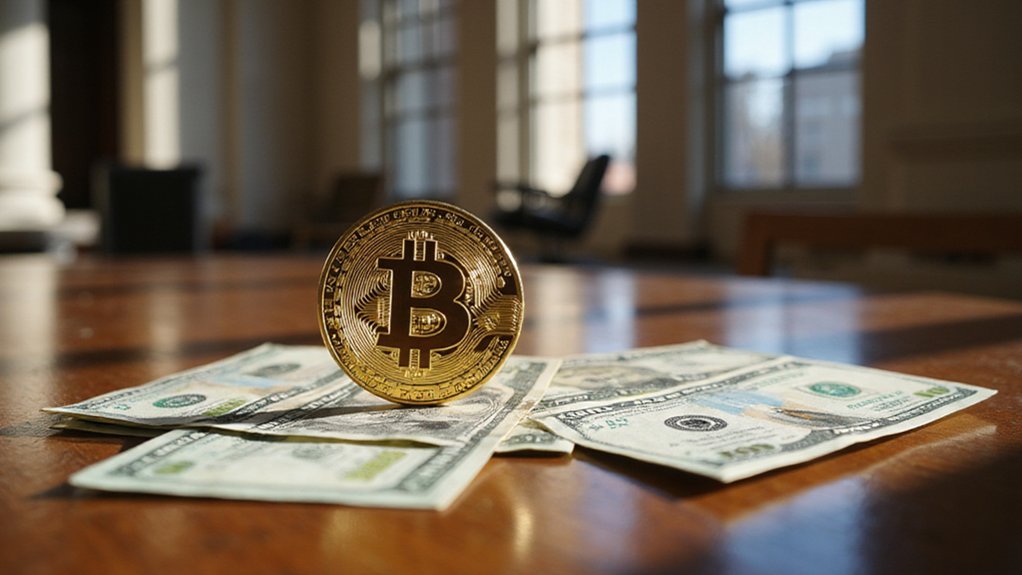The retail behemoths that have spent decades perfecting the art of extracting every possible penny from consumer transactions are now eyeing a rather audacious pivot: launching their own stablecoins to circumvent the very financial infrastructure they’ve grudgingly enriched for years.
Walmart and Amazon—companies that scrutinize every basis point of operational expense—have discovered what might be the ultimate cost-cutting maneuver: issuing cryptocurrencies pegged to stable assets like the U.S. dollar to sidestep the billions they currently hemorrhage in interchange fees to Visa and Mastercard.
Stablecoins offer these retail titans a compelling value proposition beyond mere fee avoidance.
Beyond eliminating interchange fees, stablecoins deliver transaction velocity that renders conventional payment infrastructure embarrassingly antiquated.
Unlike their volatile cryptocurrency cousins (whose price swings could make seasoned traders queasy), stablecoins maintain purchasing power stability while delivering transaction speeds that make traditional payment rails look positively glacial.
The prospect of customers purchasing groceries or electronics with retailer-issued digital currency, bypassing banks entirely, represents a paradigm shift that would have seemed fantastical just years ago.
The regulatory landscape, however, remains the key variable in this equation.
The Senate’s consideration of the Genius Act—legislation designed to establish frameworks for private stablecoin issuance—could determine whether these retail ambitions materialize or remain boardroom fantasies.
Congressional approval across both chambers remains uncertain, though industry advocates argue that stablecoins could revolutionize payment efficiency while reducing systemic costs. These digital currencies could provide customers with checkout alternatives to traditional payment methods at major retailers.
Market reactions have been swift and telling.
Visa and Mastercard shares declined following stablecoin adoption reports, while traditional banks scramble to develop their own digital currency strategies.
Deutsche Bank and Banco Santander have joined this race, recognizing that payment processing revenues—long considered reliable cash cows—face potential disruption. This shift reflects the broader movement as the cryptocurrency market transitions from speculation to tangible utility, fundamentally altering how financial services operate.
The existing stablecoin market, dominated by Tether’s USDT with its $155 billion circulation, demonstrates both the technology’s viability and the opportunity’s magnitude.
Companies like Expedia and various airlines are reportedly exploring similar initiatives, suggesting this trend extends beyond retail into broader commercial applications. France’s Societe Generale became the first regulated bank to launch a euro-backed stablecoin, signaling that traditional financial institutions are actively participating in this digital transformation.
Whether these stablecoin ventures ultimately succeed depends largely on regulatory clarity and consumer adoption rates.
Nevertheless, the irony remains delicious: retailers who built empires on transaction volume are now pursuing technologies that could fundamentally alter transaction economics themselves.









